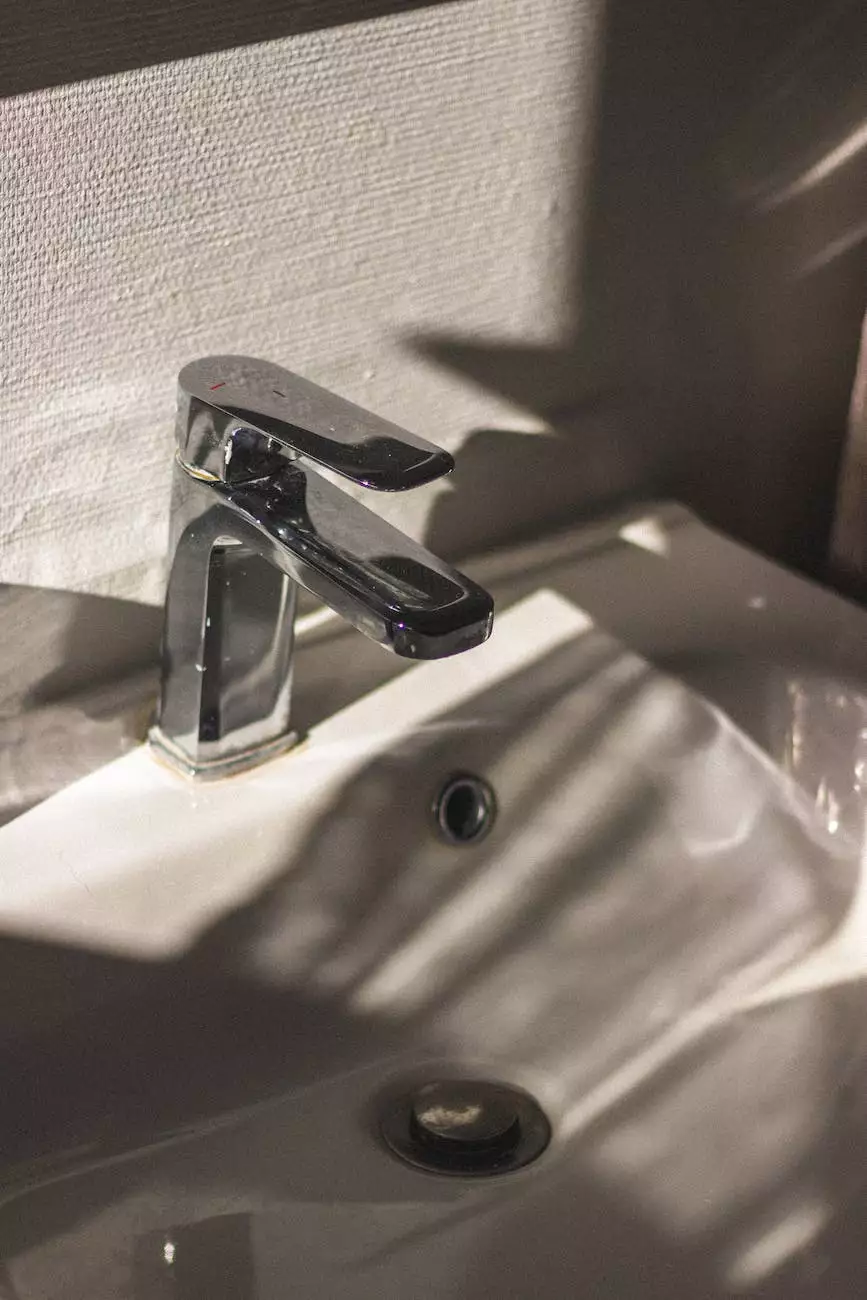The Ultimate Guide to Flushing Hot Water Heaters

Introduction
Welcome to Best Service Plumber, your trusted partner for all your home service needs. In this comprehensive guide, we will delve deep into the topic of flushing hot water heaters. As experts in plumbing and water heater installation/repair, we are here to help you understand the importance of regular maintenance and provide you with valuable insights to ensure the longevity and efficiency of your water heating system.
Why Flushing Hot Water Heaters is Crucial
Flushing your hot water heater might seem like an unnecessary task, but it is a vital step in proper maintenance. Over time, sediment, minerals, and debris accumulate at the bottom of the tank, impacting the overall performance and efficiency of the heater. Flushing helps remove these deposits, allowing your water heater to operate optimally and extend its lifespan.
The Benefits of Flushing Hot Water Heaters
- Improved Efficiency: Flushing removes sediment and mineral buildup, enabling your hot water heater to heat water more efficiently. This not only saves energy but also reduces your utility bills.
- Enhanced Longevity: Regular flushing prevents corrosion, rust, and other issues that can shorten the lifespan of your water heater. By investing a little time into proper maintenance, you can avoid premature replacements.
- Consistent Water Quality: Flushing helps maintain clean and clear water by removing contaminants that can affect the taste and smell of the water. It ensures you and your family can enjoy safe and healthy water every day.
The Flushing Process
Flushing your hot water heater may seem like a daunting task, but with the help of Best Service Plumber, it becomes hassle-free. Our team of skilled professionals has extensive experience in water heater maintenance, allowing us to offer you a step-by-step guide:
Step 1: Turn Off the Power
Prior to flushing, make sure to turn off the power supply to your hot water heater. This can be done by either switching off the circuit breaker or closing the gas valve for gas-powered heaters. Safety should always be a top priority.
Step 2: Gather the Necessary Tools
For the flushing process, you will need a garden hose, gloves, safety goggles, a screwdriver, and a bucket. Ensuring that you have all the required tools nearby will make the task more efficient.
Step 3: Connect the Garden Hose
Attach one end of the garden hose to the drain valve located near the bottom of the water heater tank. Place the other end of the hose into a bucket or direct it towards a suitable drainage location.
Step 4: Open the Drain Valve
Using a screwdriver, carefully open the drain valve on your hot water heater. This step allows the sediment and debris to flow out through the hose. Ensure you wear gloves and safety goggles to protect yourself from any potential splashing.
Step 5: Rinse and Repeat
Allow the water to flow through the hose for several minutes or until it runs clear. This indicates that the sediment has been completely flushed out. Once done, close the drain valve and disconnect the garden hose.
Step 6: Restore Power and Verify
Once you have completed the flushing process, restore power to your hot water heater. For electric heaters, turn the circuit breaker back on, and for gas-powered heaters, reopen the gas valve. Verify for any leaks and ensure that everything is functioning correctly.
Conclusion
Regularly flushing hot water heaters is an essential aspect of proper maintenance. By removing sediment and debris, you can optimize the performance, extend the lifespan, and maintain the quality of your water heating system. Best Service Plumber, as a leading expert in plumbing, water heater installation, and repair services, is always ready to assist you in this task. Contact us today to schedule a professional flushing service and ensure your water heater continues to deliver reliable and efficient hot water for years to come.




